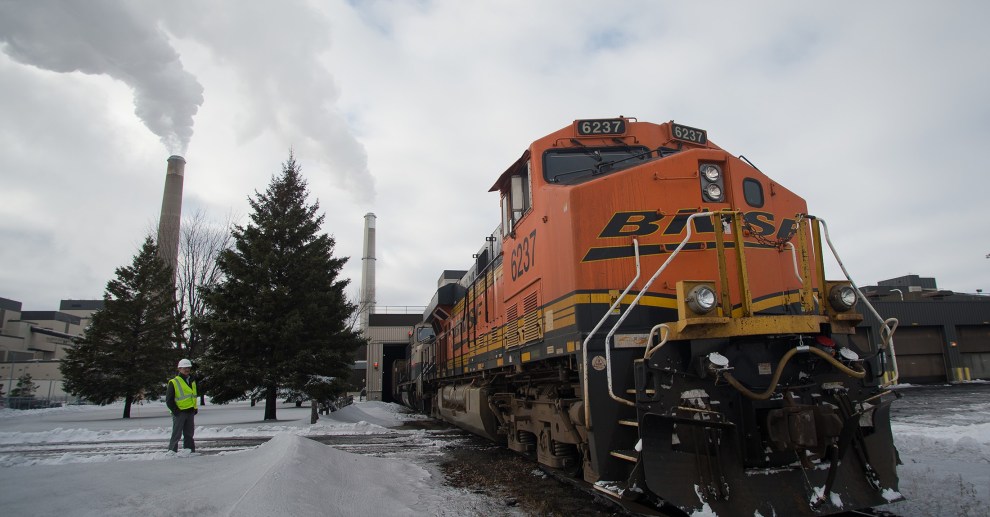Are SWAT teams and other forms of “paramilitary” policing becoming much too common in the United States? I ask because in Slate today, Daniel Engber writes as an aside that “By the mid-1990s, more than 80 percent of American cities had active teams, as did more than half of all law enforcement agencies in the country with more than 50 officers.” He links to a 1997 study by Peter Kraska, who found that the number of SWAT teams in America has not only risen dramatically since the 1980s, but that they’ve been used much more frequently:
Traditionally utilized for highly specialized action, such as barricaded suspects and hostage situations, the teams are increasingly engaged in traditional police work, especially work related to anti-drug efforts. The research shows that between 1990 and 1995 SWAT units were employed in their traditional roles for only a small number of occasions. Instead 75% of their activities were devoted to serving “high risk” warrants, such as “no-knock” warrants, mostly drug searches.
“In SWAT units formed since 1980, their use has increased by 538 percent,” said Kraska. He added that such units are now being deployed as full-time roaming patrols.
One survey respondent in the Kraska study described his department’s use of SWAT teams this way:
We’re into saturation patrols in hot spots. We do a lot of our work with the SWAT unit because we have bigger guns. We send out two, two-to-four-men cars, we look for minor violations and do jump-outs, either on people on the street or automobiles. After we jump-out the second car provides periphery cover with an ostentatious display of weaponry. We’re sending a clear message: if the shootings don’t stop, we’ll shoot someone.
“Ostentatious.” Many of these units have been trained by the military and armed by the Defense Department, as the “war on drugs” under Reagan increasingly involved the military in domestic law enforcement, thanks to a 1981 Congressional amendment to the Posse Comitatus Act, which authorized the military to “assist” civilian police in the enforcement of drug laws. According to a 1999 CATO study, that led, among other things, to this:
Between 1995 and 1997 the Department of Defense gave police departments 1.2 million pieces of military hardware, including 73 grenade launchers and 112 armored personnel carriers. The Los Angeles Police Department has acquired 600 Army surplus M-16s….
Of 459 SWAT teams across the country, 46 percent acquired their initial training from ‘police officers with special operations experience in the military,’ and 43 percent with ‘active-duty military experts in special operations.’ Almost 46 percent currently conducted training exercises with ‘active-duty military experts in special operations.’… Because of their close collaboration with the military, SWAT units are taking on the warrior mentality of our military’s special forces.
So that’s the basic state of play. But what of it? Is this a good thing or a bad thing? One police chief notes that “because of the extreme response tactics of the SWAT teams, they actually fire fewer shots.” This idea that more “specialized teams” lead to fewer casualties is a compelling one. Researcher Darrell Ross has found that police shootings have declined dramatically since the 1970s, and credits, among other things, “more sophisticated police training. (I don’t know if anyone has critically examined Ross’ research yet—certainly groups like Human Rights Watch have found plenty of police brutality to go around in the United States even today, and of course causation is hard to determine.)
On the other hand, Kraska argues that the trend towards more SWAT teams and paramilitary police squads is “militarizing Mayberry” and undermining more “community-oriented” policing methods. Via Nexis, in 1995, the Boston Globe reported, “Cities such as Fresno, Calif., and Indianapolis routinely send officers into communities to patrol in full battle dress, giving these communities all the ambience of the West Bank.” And here’s a description from the San Francisco Bay Guardian of a SFPD raid in 1998:
Just before Dawn on Oct. 30 1998, 90 law-enforcement officers wearing black masks and fatigues and armed with assault rifles stormed the Martin Luther King Jr./Marcus Garvey Cooperative in the Western Addition. They used special “shock-lock” shotgun rounds to blow apartment doors off their hinges and cleared people out of rooms by throwing “flash-bang grenades,” which produce nonlethal explosions that terrify and disorient people.
At a Nov. 4 police commission meeting, a train of furious and sobbing residents from the raided housing complex – all of them African American – described how officers slapped them, stepped on their necks and put guns to their heads while other officers ransacked their homes. Weeping and terrified children, some as young as six, were handcuffed and separated from their parents. Some urinated in their pajamas. (Police chief Fred Lau told the San Francisco Chronicle that officers wanted to keep the kids from “running around.”)
Residents of the complex say the raid was a violation of their civil rights. Scores of people with no charges against them and no criminal records were put in disposable plastic “flex-cuffs.” Civil servants and grandmothers were held at gunpoint. One woman was hospitalized after a fit of seizures; other people were so distraught they couldn’t return to work for days….
The squad that raided the housing complex included agents from the San Francisco Police Department’s tactical squad and narcotics division, the District Attorney’s office, the FBI, the Drug Enforcement Agency, and the Bureau of Alcohol, Tobacco and Firearms. According to SFPD narcotics lieutenant Kitt Crenshaw, who initiated and planned the operation, the action was designed to “put fear in the hearts” of a gang called the Knock Out Posse. “The raid went off, more or less, without a hitch,” Crenshaw said. “I feel bad for the innocent women and children that were there, but in a way they do bear some responsibility for harboring drug dealers.”
No one died in this particular raid (except a pit bull, who was shot by the police), true, but there’s not a whole lot of “community policing” going on here, and these raids don’t always end “more or less, without a hitch.” In a 1996 raid on a suspected drug dealer’s home in Fitchburg, MA, a stun grenade used by the SWAT team set off a fire and left 24 people homeless. And it’s likely that regardless of the overall trend since the 1970s, “militarized” police departments can lead to more, rather than fewer, unnecessary deaths. In Albuquerque in 1999, after a series of controversial SWAT shooting that led to several wrongful death lawsuits, the police department hired Sam Walker of the University of Nebraska to investigate its practices. Walker found:
The rate of killings by the police was just off the charts… They had an organizational culture that led them to escalate situations upward rather than de-escalating.
Albuquerque eventually dismantled its SWAT unit, and in the late ’90s cities such as Dallas and Seattle curtailed their own units, taking them off drug raids and suicide calls. (Apparently SWAT teams are used for suicide calls: In May of1999 in San Antonio, “A 48-year-old armed man was killed in a hail of gunfire early Saturday by a special operations police squad during what police said was an attempt to stop him from committing suicide.”)
In the larger scheme of things, the debate over whether SWAT teams are used too frequently or whether they reduce casualties seems like something of a second-order one. Ultimately, the United States has the largest prison population in the world and the highest rate of crime among industrialized nations, and it’s clear that what’s wrong here goes well beyond whether SWAT teams are used too often or too rarely. But it certainly ties into a lot of other important larger issues related to law enforcement—especially the ongoing war on drugs—and is worth looking at.









